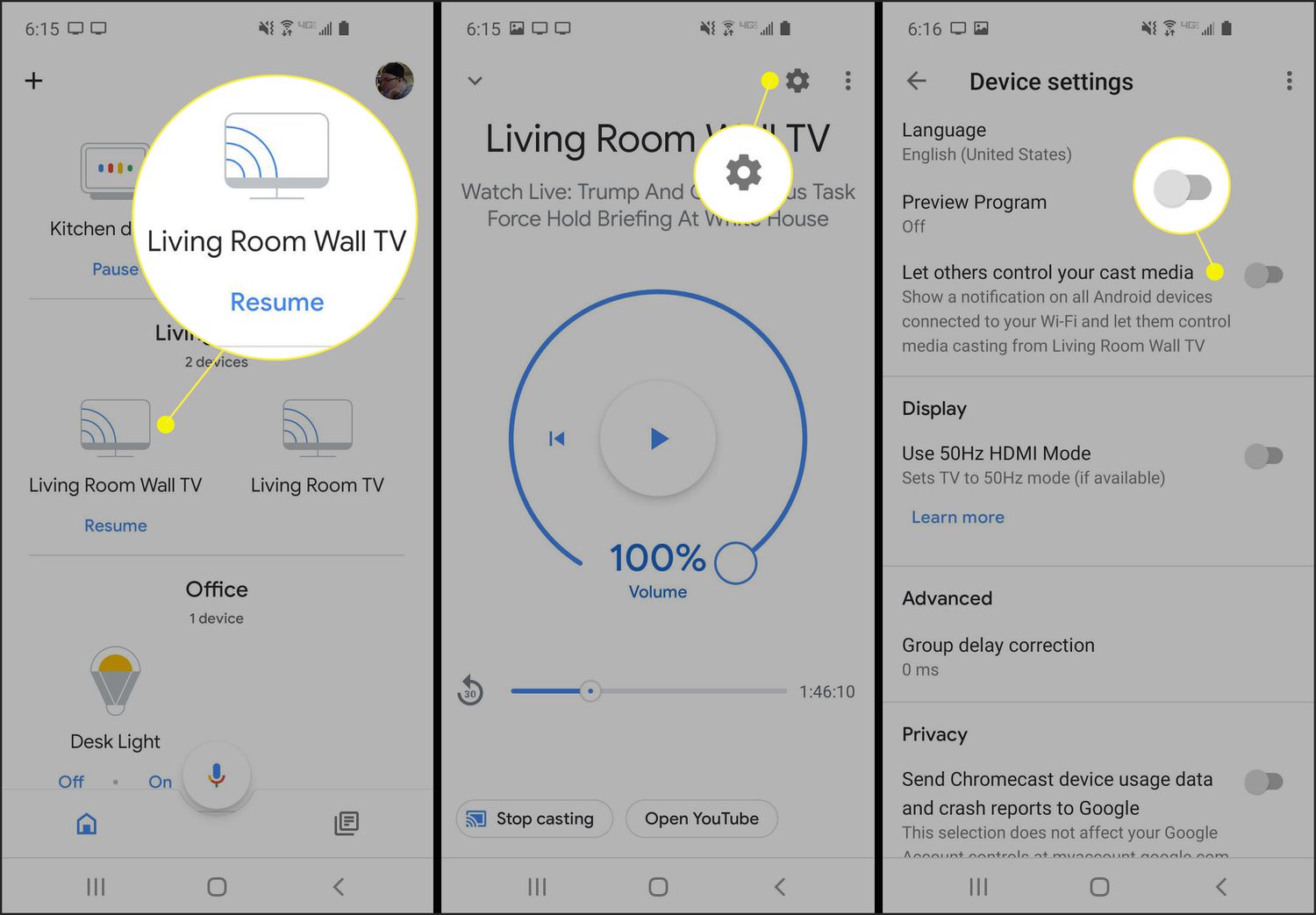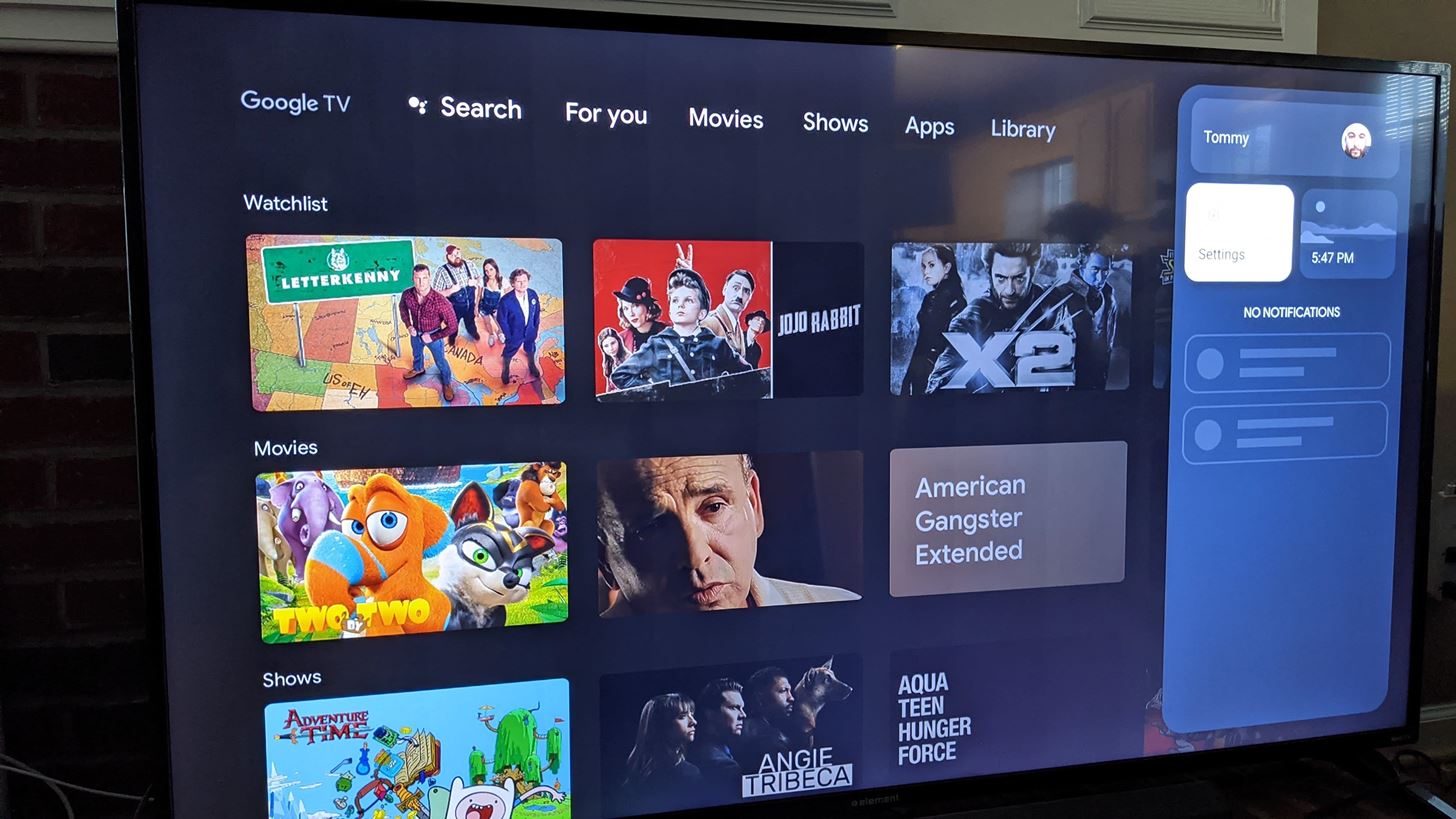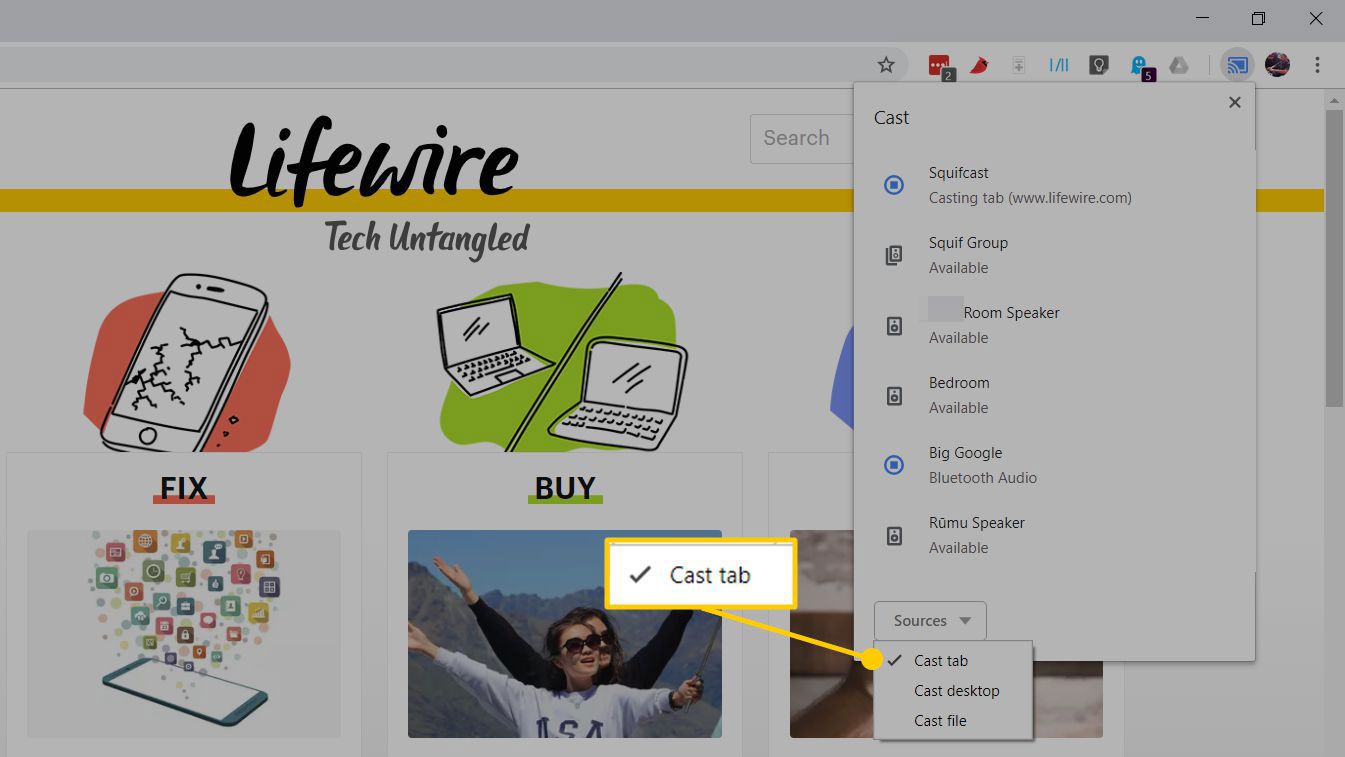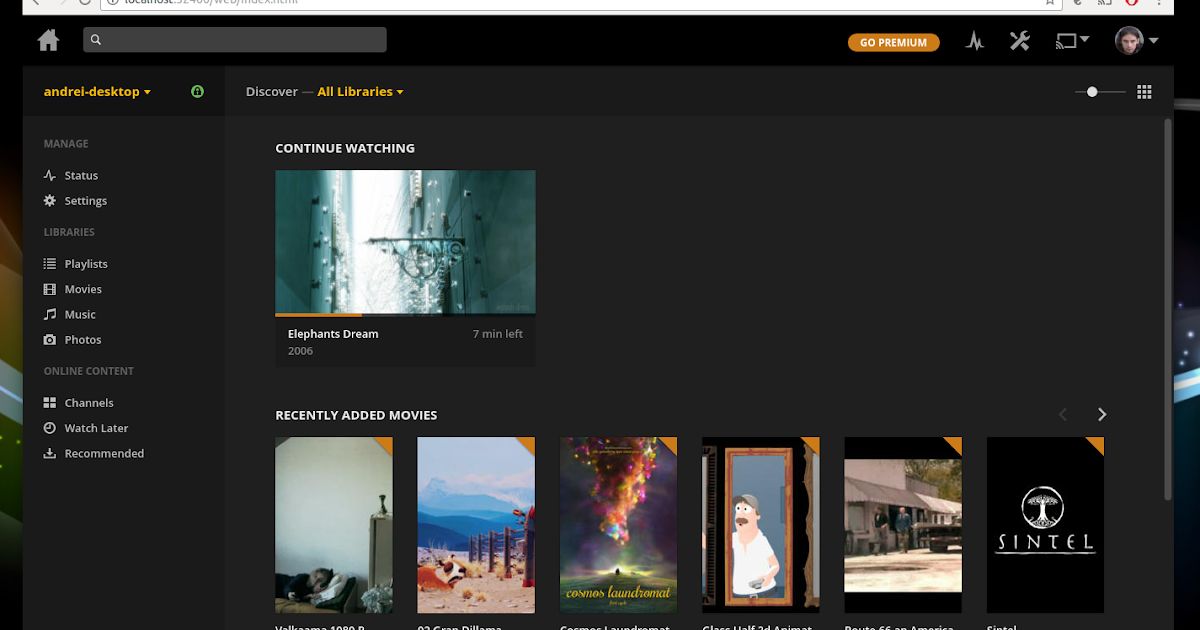Introduction
Google Chrome is a versatile and feature-rich web browser that offers a seamless browsing experience to millions of users worldwide. One of its prominent features is the ability to cast or stream content from the browser to a compatible device, such as a smart TV or a Chromecast-enabled device. While this feature can be incredibly useful for sharing content with a larger audience or enjoying media on a bigger screen, there are instances where users may prefer to disable the casting functionality for various reasons.
Whether you're looking to prevent accidental casting, conserve network bandwidth, or simply streamline your browsing experience, knowing how to disable casting on Chrome can be valuable. In this article, we'll explore three effective methods to achieve this, catering to different preferences and technical proficiencies.
By understanding these methods, you can gain greater control over your browsing environment and tailor it to your specific needs. Whether you're a tech-savvy individual seeking advanced solutions or a casual user looking for a straightforward approach, the following methods will empower you to disable casting on Chrome according to your preferences. Let's delve into these methods and equip ourselves with the knowledge to customize our Chrome browsing experience.
Method 1: Using Chrome Settings
Google Chrome provides a straightforward method to disable the casting feature directly within its settings, making it accessible to users of all technical backgrounds. By following these simple steps, you can effectively turn off the casting functionality and customize your browsing experience according to your preferences.
-
Open Chrome Settings: Begin by launching the Google Chrome browser on your desktop or laptop. In the top-right corner, click on the three vertical dots to access the main menu. From the dropdown menu, select "Settings" to proceed to the browser's configuration options.
-
Access Advanced Settings: Within the Settings menu, scroll down and click on "Advanced" to reveal additional configuration options. This will expand the settings menu, providing access to more advanced features and customization choices.
-
Navigate to "Privacy and Security": Under the "Advanced" section, locate the "Privacy and security" category. Click on this option to reveal a range of privacy and security settings that can be adjusted to suit your preferences.
-
Select "Site Settings": Within the "Privacy and security" category, find and click on "Site settings." This section allows you to manage permissions and settings related to individual websites, including the casting feature.
-
Disable "Cast" Feature: Scroll down to locate the "Additional content settings" section within the "Site settings" menu. Here, you will find the "Cast" option, which controls the casting functionality within Chrome. Click on "Cast" to access the casting settings.
-
Toggle Off the Feature: Upon accessing the "Cast" settings, you will find a toggle switch that enables or disables the casting feature. Simply toggle the switch to the "off" position to effectively disable casting on Chrome.
By following these steps, you can seamlessly disable the casting feature within Google Chrome, ensuring that your browsing experience aligns with your specific preferences and requirements. This method offers a user-friendly approach, allowing individuals to customize their browser settings without the need for technical expertise.
Whether you seek to prevent accidental casting, conserve network resources, or streamline your browsing environment, leveraging the Chrome settings provides a convenient and effective solution. With the casting feature disabled, you can navigate the web with enhanced control and tailored functionality, optimizing your Chrome experience to suit your unique needs.
Method 2: Using Google Home App
Another effective method to disable casting on Chrome involves utilizing the Google Home app, which offers a convenient approach for managing casting settings across various devices. By leveraging this method, users can seamlessly customize their casting preferences and ensure that their browsing experience aligns with their specific needs.
To begin, ensure that you have the Google Home app installed on your mobile device, as this will serve as the central platform for managing casting settings. Once the app is ready, follow these steps to disable casting on Chrome using the Google Home app:
-
Launch the Google Home App: Open the Google Home app on your mobile device. This intuitive application serves as a hub for managing connected devices and casting settings, providing a centralized platform for customizing your casting preferences.
-
Access Device Settings: Within the Google Home app, navigate to the device settings for the specific device or Chromecast-enabled TV to which you typically cast content from Chrome. By selecting the desired device from the app's interface, you can access its individual settings and configuration options.
-
Disable Casting Feature: Within the device settings, locate the casting or streaming options associated with the selected device. Depending on the app version and device compatibility, you may find a dedicated setting to disable casting from Chrome. This option allows you to effectively turn off the casting functionality for the specific device, aligning it with your preferences.
-
Confirm Changes: After disabling the casting feature for the selected device, ensure that the changes are saved within the Google Home app. This step finalizes the customization process, ensuring that the casting settings are updated and applied to the targeted device.
By following these steps, users can effectively disable casting on Chrome using the Google Home app, providing a streamlined and intuitive method for managing casting preferences across connected devices. This approach offers flexibility and convenience, allowing individuals to tailor their casting settings directly from their mobile devices.
Whether you seek to optimize network usage, prevent accidental casting, or streamline your browsing environment, leveraging the Google Home app provides a user-friendly solution for customizing casting preferences. With the casting feature disabled for specific devices, users can enjoy greater control over their browsing experience, ensuring that it aligns with their unique needs and preferences.
Method 3: Using Router Settings
Utilizing router settings to disable casting on Chrome offers a comprehensive approach for managing casting preferences at the network level. By leveraging this method, users can effectively control the availability of casting functionality across all devices connected to the network, providing a centralized and robust solution for customizing their browsing environment.
To begin, access your router's settings by typing the router's IP address into a web browser. This typically involves entering "192.168.1.1" or "192.168.0.1" in the address bar, although the specific IP address may vary based on the router model and configuration.
Upon accessing the router's settings, users will be prompted to enter their login credentials, typically consisting of a username and password. Once authenticated, navigate to the router's configuration options to proceed with disabling the casting feature.
Within the router settings, locate the "Wireless" or "Wi-Fi" section, which governs the wireless network settings and connected devices. Depending on the router model and firmware, users may find advanced options related to network services and device connectivity.
Look for a section or submenu related to "Multimedia" or "Media Devices" within the router settings. This area often contains configuration options for multimedia streaming and casting functionality across the network.
Once within the multimedia settings, users can explore options to disable or restrict media streaming and casting features. Depending on the router's capabilities, there may be specific toggles or checkboxes to control the availability of casting services.
After locating the relevant settings, users can proceed to disable the casting feature at the network level. This action effectively prevents devices connected to the network from engaging in casting activities, aligning the network environment with the user's preferences.
Upon making the necessary changes, ensure to save the updated settings within the router's configuration interface. This finalizes the process of disabling casting on Chrome at the network level, ensuring that the customized preferences are applied to all connected devices.
By leveraging router settings to disable casting on Chrome, users can establish a network-wide approach for managing casting preferences, providing enhanced control and customization capabilities. This method offers a comprehensive solution for individuals seeking to streamline their browsing environment and optimize network usage according to their specific needs and preferences.
Conclusion
In conclusion, the ability to disable casting on Chrome empowers users to tailor their browsing experience according to their specific preferences and requirements. By exploring the three effective methods outlined in this article, individuals can gain greater control over the casting functionality within Google Chrome, ensuring that it aligns with their unique needs and usage scenarios.
The first method, which involves utilizing Chrome settings, offers a user-friendly approach accessible to individuals of all technical backgrounds. By navigating through the browser's settings and accessing the casting options, users can seamlessly disable the feature, preventing accidental casting and customizing their browsing environment with ease.
The second method, leveraging the Google Home app, provides a convenient and intuitive platform for managing casting preferences across connected devices. This approach caters to users seeking a streamlined method to disable casting, allowing them to customize their preferences directly from their mobile devices.
Lastly, the utilization of router settings to disable casting offers a comprehensive and network-wide solution for managing casting preferences. By controlling the availability of casting functionality at the network level, users can optimize their browsing environment and ensure that casting activities align with their specific usage requirements.
By understanding and implementing these methods, users can effectively disable casting on Chrome, whether to conserve network resources, prevent accidental casting, or streamline their browsing environment. This customization empowers individuals to navigate the web with enhanced control and tailored functionality, optimizing their Chrome experience to suit their unique needs.
Ultimately, the ability to disable casting on Chrome reflects the browser's adaptability and user-centric design, allowing individuals to personalize their browsing environment according to their preferences. Whether seeking simplicity, convenience, or comprehensive network control, the methods outlined in this article cater to a diverse range of user preferences, ensuring that the casting feature aligns with their specific needs.
By embracing these methods, users can confidently navigate the web, knowing that their browsing experience is tailored to their unique preferences, enhancing their overall satisfaction and control over their digital interactions.

























